|
Next Page
CHONDRICHTHYES
The Chondrichthyes first appear in the fossil record about 400 myn years
ago and saw a great radiation in the Late Devonian around the time of the
Placoderm extinction. The early fossils indicate their structure has changed
little through to the extant forms. The Carboniferous saw the first
holocephalans (Chimeras and Rabbit fish) and the rays appear in the fossil
record during the Jurassic.
This class is best characterised by their prismatic, calcified cartilage
lining the endoskeleton. Recent chondrichthyans show sexual dimorphism of their
pelvic metapterygium (into mating organs) although this seems not to be present
in some of the earlier forms such as cladoselache (which may now be considered
to be in a sister group to the Chondrichthyes)
What are considered to be the first shark scales appear in the early
Silurian but are not associated with teeth or jaws. This has lead to the theory
that they evolved from Thelodonts, whose scales are very similar. The phylogeny
of chondrichthyes seems complex and is still actively debated. There are 2
subclasses; Elasmobranchii and Holocephali and it is in the former (superorder
Cladoselachemorpha, order; Symmoriida) that the bizarre stethacanthid sharks are
placed. Living from the Late Devonian through to the Permian, they carried a
bony brush like structure adorning the main dorsal fin of the males. The
recently renamed Stethacanthus (Akmonistion zangerli) became celebrated as one of the best ever Palaeozoic
sharks found, following its discovery by Stan Woods in the Carboniferous,
Bearsden site of
Scotland
.
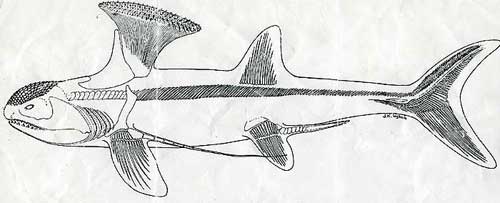
Stethacanthus now renamed Akmonistion
zangerli by
Coates & Sequeira
Stethacanthus
in my collection
Example 1 (Head, anvil and brush)
 Head and
Anvil
Head and
Anvil
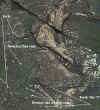 Detail of anvil (inverted)
Detail of anvil (inverted)
Example 2 (Slightly disarticulated head, anvil
and brush)



Example 3 (Disarticulated jaw elements plus
anvil and brush)
Other Carboniferous Bearsden material in my collection
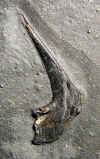

 

 Other spines
Other spines
Bear Gulch sharks
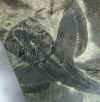

 Heteropetalus elongatulus, L.Carboniferous, Bear Gulch,
US
Heteropetalus elongatulus, L.Carboniferous, Bear Gulch,
US
 Harpagofututor volsellorhinus L.Carboniferous,
Bear Gulch, US
Harpagofututor volsellorhinus L.Carboniferous,
Bear Gulch, US
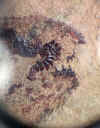
| 
 Head and
Anvil
Head and
Anvil
 Detail of anvil (inverted)
Detail of anvil (inverted)
![]() Heteropetalus elongatulus, L.Carboniferous, Bear Gulch,
US
Heteropetalus elongatulus, L.Carboniferous, Bear Gulch,
US Harpagofututor volsellorhinus L.Carboniferous,
Bear Gulch, US
Harpagofututor volsellorhinus L.Carboniferous,
Bear Gulch, US











